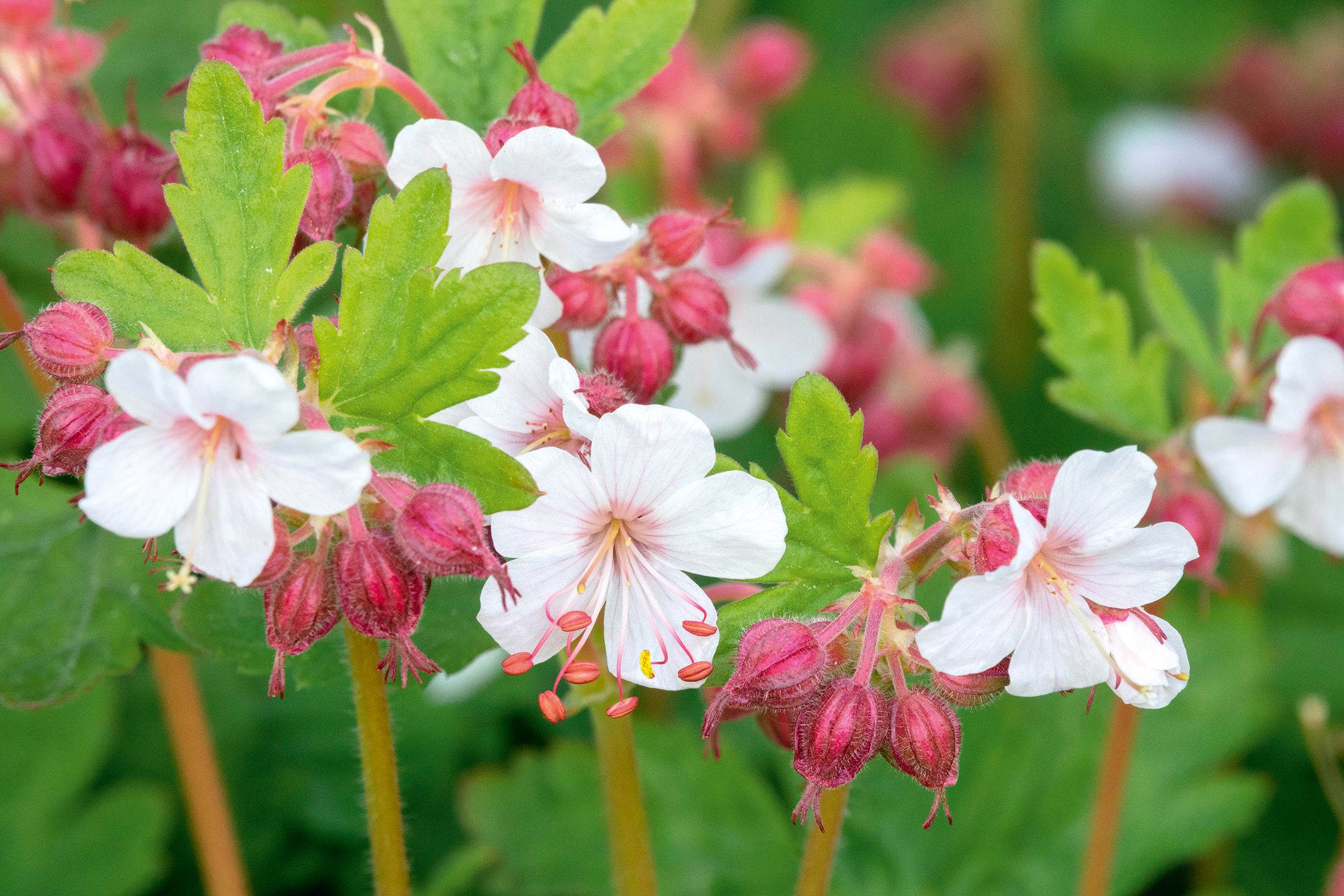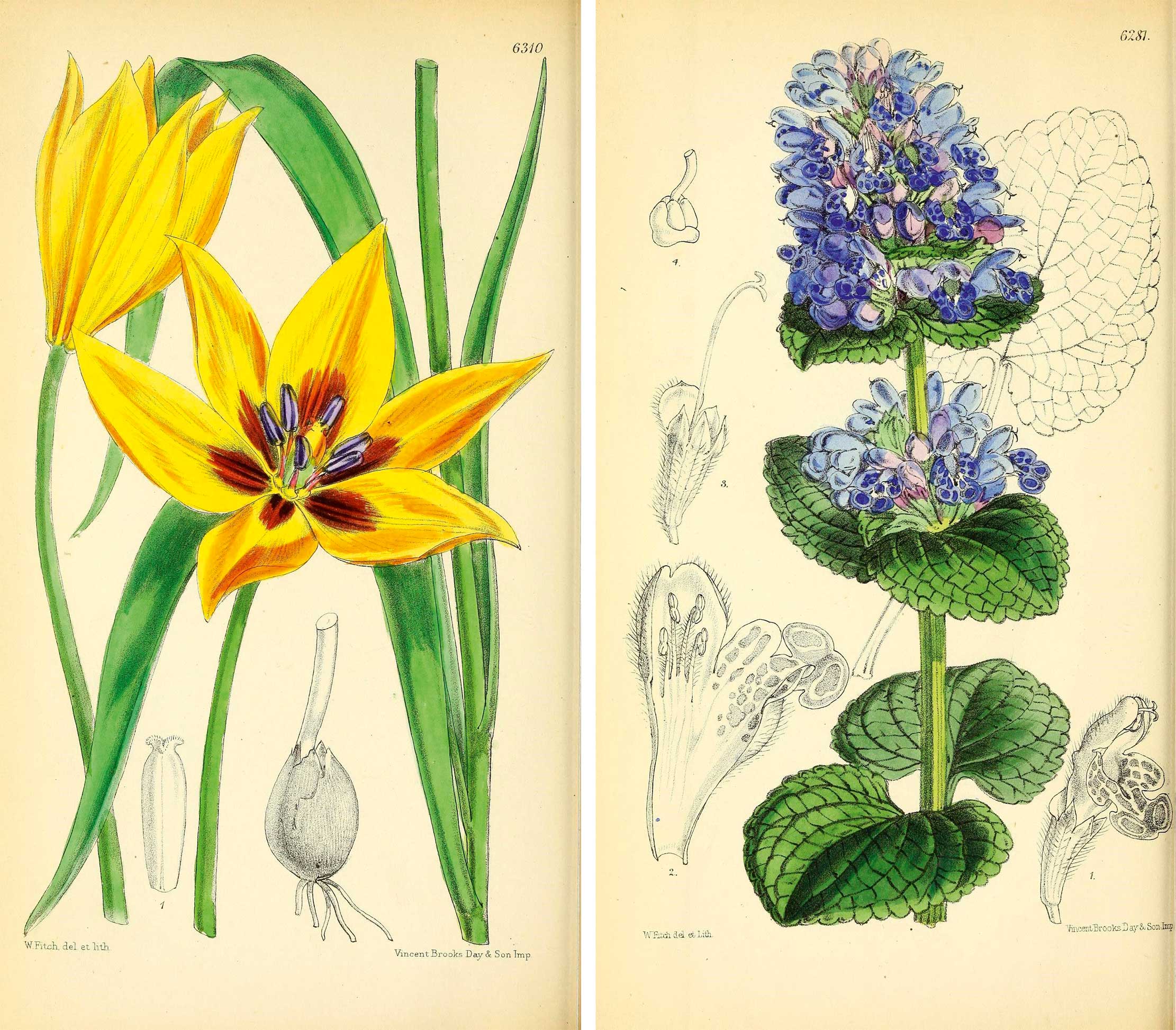The incredible legacy of the 'the only man ever to get away with smoking in the RHS Library'
The impact of the trailblazing Walter Ingwersen is still felt today, says Kathryn Bradley-Hole.


For many years, some large boxes have been stored and forgotten in the dark recesses of the garage. Unpacked last week, the contents turned out to be pots: some, perhaps, nearing a century old — dense terracotta, of interesting provenance. They came from one of the horticultural wonders of the 20th century, the celebrated Ingwersen nursery, once located on the Gravetye Estate in West Sussex, home of the gardener-turned-publishing mogul William Robinson (1838–1935).
Young Walter Ingwersen, a German-born alpine-plant specialist, spent part of the First World War interned as an enemy alien, but was eventually released to administer the rock garden for the RHS at Wisley in neighbouring Surrey. After the war, he teamed up, first, with Clarence Elliott and later, Gavin Jones, two über-luminaries of the then deeply fashionable world of boulder landscapes and alpine plants.
In 1926, Robinson offered Ingwersen the tenancy of Birch Farm at Gravetye, with its 16th-century timber-frame farmhouse. Thus, the family business of W. E. Ingwersen was established. It gained worldwide renown for the range and quality of its alpine plants, winning numerous Gold medals at Chelsea. Walter and his elder son, Will, travelled nationwide, building fabulous rock gardens for clients, and went further afield on plant-hunting jaunts.
Alpines are a much more niche market today, but two of the Ingwersen family’s greatest introductions are good border perennials and are still greatly in demand. Pale pink-flowered Geranium macrorrhizum ‘Ingwersen’s Variety’ was found by Walter in the Balkans in 1929 and launched in the 1930/31 catalogue. The elegant, near-white-petalled version, Geranium macrorrhizum ‘Album’, was noted by Beth Chatto as one of her favourite plants. Graham Stuart Thomas regarded both of these geraniums as ‘invaluable’, which they are. When unpacking my Ingwersen pots, it was tempting to wonder, what montane treasures did these sturdy, clay vessels nurture in their heyday?
Among his many fields of expertise, Robinson was himself a rock-garden specialist (his book Alpine Flowers for English Gardens, published in 1870, went to four editions over the next 40 years). Did any of my pots witness Robinson calling in at the Birch Farm nursery, in his chauffeur-driven Citroen tourer? Perhaps. In 1909, aged 71, he was confined to a wheelchair, following spinal injury in a fall. The Citroen delivered to Gravetye in 1922 had been modified for him, with an extended rear section and a half-track, enabling Robinson far greater freedom to investigate the more distant parts of his estate.
In 1930, Ingwersen left Birch Hill to work for Lawrence Johnston in France at his renowned Menton garden, Serre de la Madone. After he returned to the family nursery, he wrote prolifically on every aspect of alpine plants and was deeply involved with the RHS. He was never without his pipe — Brent Elliott, the society’s historian, noted that he was ‘the only person ever to get away with smoking in the RHS Library’.
Many of the great old nurseries have disappeared. They are far from immune to the effects of war, financial collapses, competition from abroad or changes in garden fashions. Ingwersen eventually closed in 2008, after the retirement of Will’s younger half-brother, Paul. For a period, the contents were for sale, which is when I acquired my pots. The nursery was in a lovely situation, in view of the heritage Bluebell Railway, the steam locomotives of which chuff by, between Sheffield Park and East Grinstead.
Sign up for the Country Life Newsletter
Exquisite houses, the beauty of Nature, and how to get the most from your life, straight to your inbox.
The question of what to do with my pots was answered almost the same day, by the postman, who brought assorted spring bulbs that had been ordered months ago. The bigger pots will be perfect for a grouped display of tulips. I love seeing the bees zooming around, inspecting them all, when in bloom. I put a single variety in each container instead of mixing them, which avoids the disappointment of some things fading before others have opened.
Next year’s crop, includes: Tulipa ‘Exotic Emperor’, with petals of a warm white, finely streaked with pale yellow and green on the exterior; ‘Akebono’, a lovely, clean yellow, pencilled with green; ‘Merlot’, a lily-flowered type with deep crimson-burgundy hues; ‘Ayaan’, dark ruby, with a velvety sheen; and ‘Tasmania’, a pure sunset mix of powdery red, blending to peach and creamy yellow. ‘Grand Perfection’ is creamy-white, overlaid with the feathery, flamed crimson pattern seen in Dutch Old Master paintings. I can’t wait for spring.
Kathryn Bradley-Hole was Country Life’s Gardens Editor from 2000–18.

Alan Titchmarsh: The best gardening books in my library of 5,000 volumes
The best of Alan Titchmarsh's gardening books have helped shape his career — he takes a look at some very special

The Experts' Experts: Britain's top designers, architects and craftspeople name the people they trust to work on their own homes
Giles Kime and Amelia Thorpe ask some of Britain's top designers, architects, builders, craftspeople and landscapers to name the specialists

